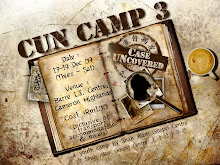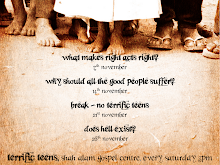His bones will not be broken (Psalm 34:20; Exodus 12 states that the Passover lamb's bones are not to be broken.). Fulfillment: John 19:33.
They will divide his clothing and cast lots for them (Psalm 22:18). Fulfillment: John 19:23-24
He will be given vinegar and gall to drink (Psalm 69:21). Fulfillment: Matthew 27:34, 48.
He will say: "My God, my God, why hast thou forsaken me?" (Psalm 22:1). Fulfillment: Matthew 27:46
Bible descriptions matches historical events:
- Campaign into Israel by Pharaoh Shishak (1 Kings 14:25-26), recorded on the walls of the Temple of Amun in Thebes, Egypt.
- Revolt of Moab against Israel (2 Kings 1:1; 3:4-27), recorded on the Mesha Inscription.
- Fall of Samaria to Sargon II (2 Kings 17:3-6, 24; 18:9-11), king of Assyria, as recorded on his palace walls.
- Defeat of Ashdod by Sargon II (Isaiah 20:1), as recorded on his palace walls.
- Campaign of the Assyrian king Sennacherib against Judah (2 Kings 18:13-16), as recorded on the Taylor Prism.
- Siege of Lachish by Sennacherib (2 Kings 18:14, 17), as recorded on the Lachish reliefs.
New discoveries matches Biblical events:
- The discovery of the Ebla archive in northern Syria in the 1970s has shown the Biblical writings concerning the Patriarchs to be viable. Documents written on clay tablets from around 2300 B.C. demonstrate that personal and place names in the Patriarchal accounts are genuine. The name “Canaan” was in use in Ebla, a name critics once said was not used at that time and was used incorrectly in the early chapters of the Bible. The word tehom (“the deep”) in Genesis 1:2 was said to be a late word demonstrating the late writing of the creation story. “Tehom” was part of the vocabulary at Ebla, in use some 800 years before Moses. Ancient customs reflected in the stories of the Patriarchs have also been found in clay tablets from Nuzi and Mari.
- The Hittites were once thought to be a Biblical legend, until their capital and records were discovered at Bogazkoy, Turkey.
- Many thought the Biblical references to Solomon's wealth were greatly exaggerated. Recovered records from the past show that wealth in antiquity was concentrated with the king and Solomon's prosperity was entirely feasible.
- It was once claimed there was no Assyrian king named Sargon as recorded in Isaiah 20:1, because this name was not known in any other record. Then, Sargon's palace was discovered in Khorsabad, Iraq. The very event mentioned in Isaiah 20, his capture of Ashdod, was recorded on the palace walls. What is more, fragments of a stela memorializing the victory were found at Ashdod itself.
- Another king who was in doubt was Belshazzar, king of Babylon, named in Daniel 5. The last king of Babylon was Nabonidus according to recorded history. Tablets were found showing that Belshazzar was Nabonidus' son who served as coregent in Babylon. Thus, Belshazzar could offer to make Daniel “third highest ruler in the kingdom” (Dan. 5:16) for reading the handwriting on the wall, the highest available position. Here we see the “eye-witness” nature of the Biblical record, as is so often brought out by the discoveries of archaeology.
Then Jesus told him, "Because you have seen me, you have believed; blessed are those who have not seen and yet have believed.“
John 20:29



















